Train rails get new life as custom furniture creations
Photography by Reeves Smith
Robert Hendrick is a serial tech entrepreneur. He just can’t help having a hand in the early stages of making a company a success, then moving on to the next promising venture. And the Nashville native and Montgomery Bell Academy grad has some impressive credits on his resume, including tech and healthcare IT ventures.
But in 2003 he went a bit off script. He bought a railroad contracting company that handles track maintenance and repair across the Southeast. It was a far cry from the digital world, but like every business — digital or otherwise — rail maintenance cycles up and down. In this case the peaks and valleys were brutal.
“I’m a tech entrepreneur who bought a railroad company,” Hendrick says. “I tried to grow the business from a standpoint of being an entrepreneur, but I wasn’t really ready for that because it’s a physical product, not a digital product.”
So six years ago he decided to try something unexpected to even things out. Using his industrial design background, he began conceptualizing designs using the scrap wood and steel that no longer made the grade for rail use. He began making furniture.
Hendrick lives right over Rymer Gallery in Nashville’s art district, artist Herb Williams got a peek at his sketchbook one night and encouraged him to have a show. Hendrick agreed, and after churning out some pieces in his parents’ garage, Rail Yard Studios became official in 2011.
Soon, his rail maintenance crew was working on furniture in their downtime.
“They all thought I was crazy,” Hendrick jokes. “Then they saw what I was trying to do, and they were like, ‘Okay, this is cool.’”
As rail material comes into the shop it is numbered and cataloged from point of origin to last point of service. That information is presented to the owner in a certificate with their completed piece. It’s a sense of permanence Hendrick never found in the fluid tech world.
“You might push out a piece of code that’s buggy, and then fix it later. But you can’t push out a desk that’s going to wobble and then fix it later, especially when you just sent it to Dallas or San Francisco.”
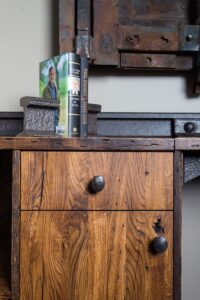 Rail Yard Studios’ express line incorporates reclaimed railroad steel from 1896 to 1915 and hardwood hickory, elm, beech, maple and cherry timbers for smaller spaces. They are currently working on a line of pool tables with Olhausen Billiards in Portland, Tennessee.
Rail Yard Studios’ express line incorporates reclaimed railroad steel from 1896 to 1915 and hardwood hickory, elm, beech, maple and cherry timbers for smaller spaces. They are currently working on a line of pool tables with Olhausen Billiards in Portland, Tennessee.
Last year Hendrick teamed up with Nashville graffiti artist Troy Duff for a show called Project Boxcar that played off the natural, if somewhat taboo, cultural mashup of rail cars and train tagging. Rail cars were taken apart and then painted by Duff into large- and small-scale art pieces.
“I source materials and create ‘steel canvases’ retaining interesting lettering and artifacts while creating a space for Troy to fill. Troy adds his touch, pulling in colors to complement the tones of the raw canvas — the rust, fading paint and decals of the cars.”
Recently, Hendrick began collecting original artwork from the rail cars as they roll into his shop, and together he and Duff hosted another show at the end of September.
“Yes, it’s vandalism, but it’s also art. I see it as a means to help preserve a very influential form of art,” Hendrick says.
 Today Rail Yard Studios is, fittingly, located by the Tennessee Central Railway Museum. A number of the commissioned pieces are from people with personal ties to trains, including railroad vendors and people who live in “rail” cities like Chicago, St. Louis and New York.
Today Rail Yard Studios is, fittingly, located by the Tennessee Central Railway Museum. A number of the commissioned pieces are from people with personal ties to trains, including railroad vendors and people who live in “rail” cities like Chicago, St. Louis and New York.
And there is a very real urban renewal nature and historic preservation inherent in what they do, like the bike rack at the North Branch Nashville Library. It was made with rail that was stamped “Carnegie.” Andrew Carnegie didn’t own railroads, but he owned foundries, and he donated the money to build that library.
“For the most part, what they want is a story,” Hendrick says of the people who commission a piece.
Rail Yard Studios
615-576-0797
57 Willow St., Nashville
Did you know?
Carnegie libraries across the country were built with money donated from Scottish businessman Andrew Carnegie, more than 1,600 in the United States alone between 1883 and 1929. By the time the last grant was given in 1919 half the libraries in country were built with construction grants paid by Carnegie.
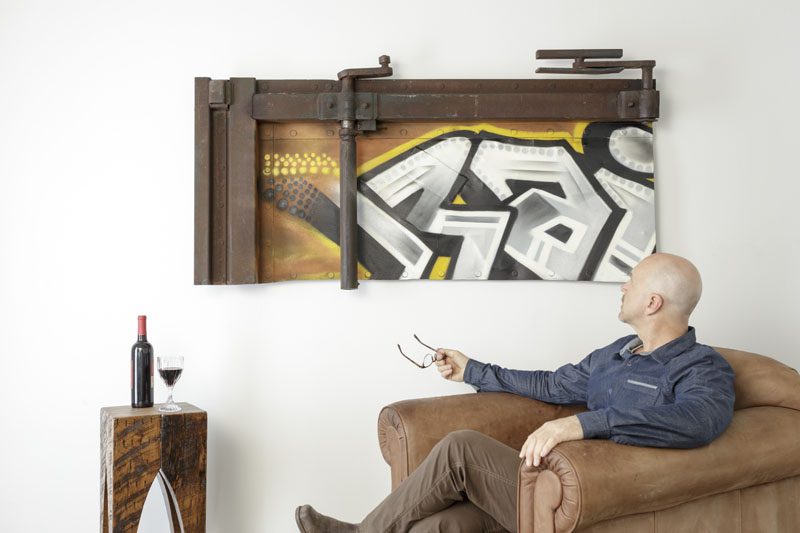
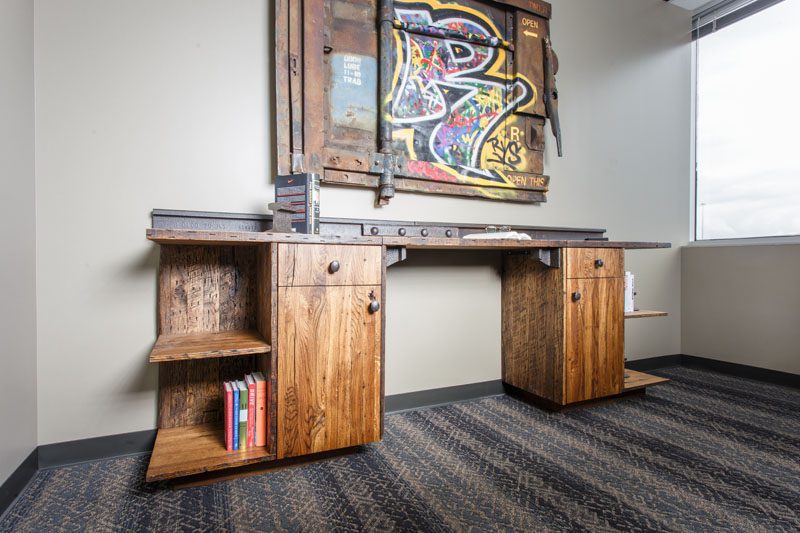

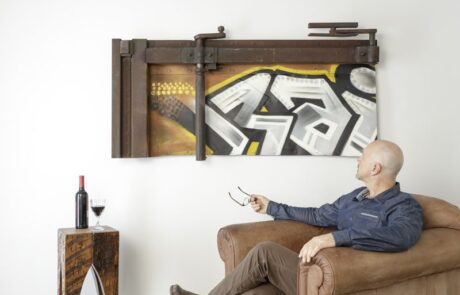

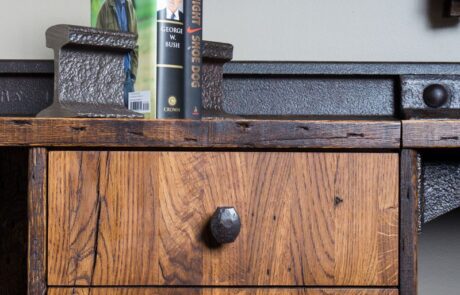
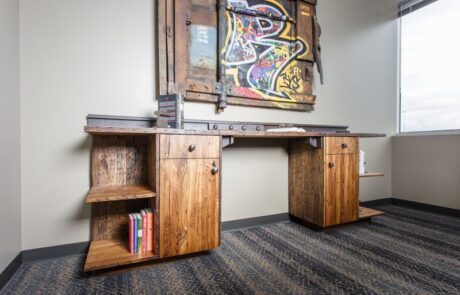
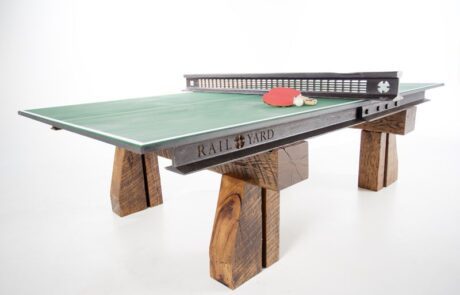
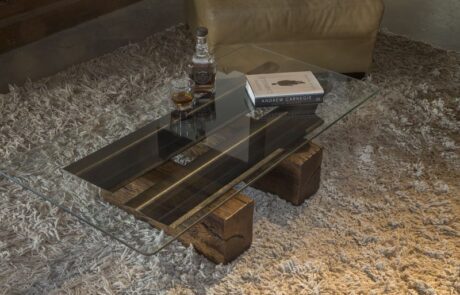
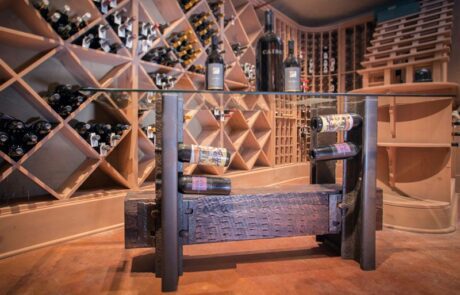
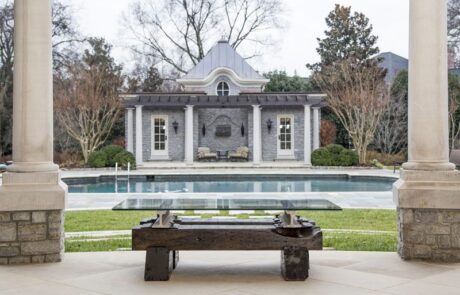

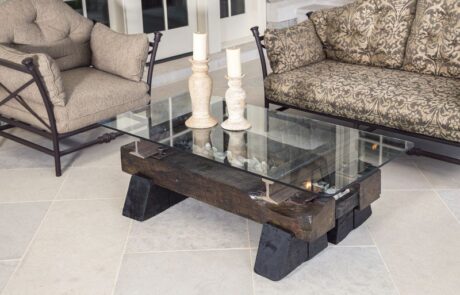

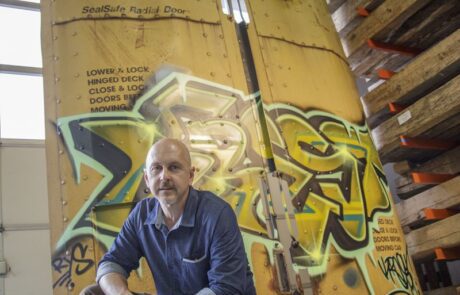
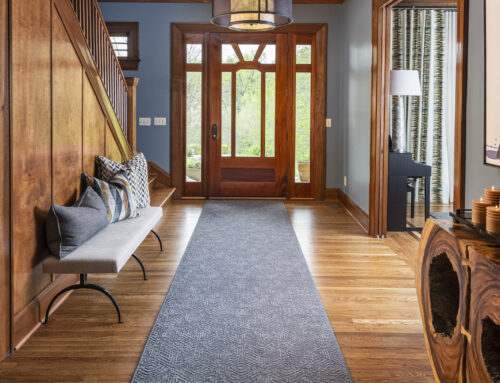
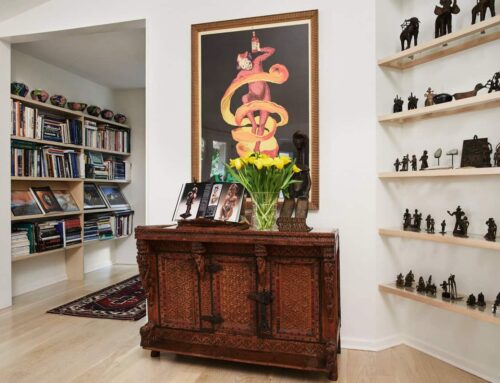



Leave A Comment
You must be logged in to post a comment.